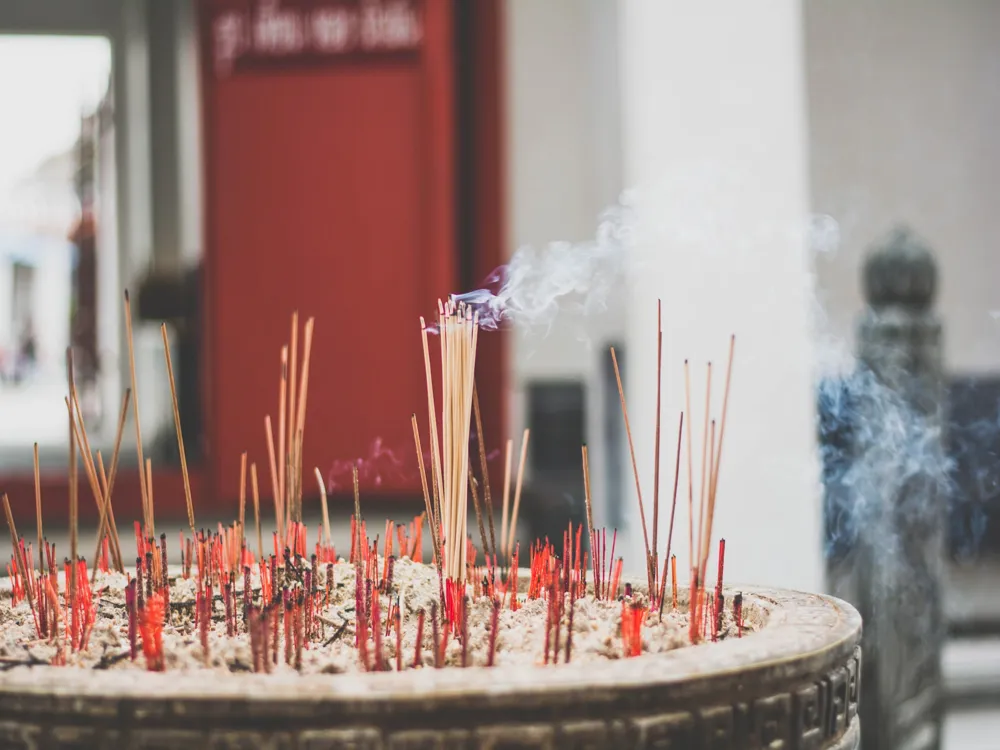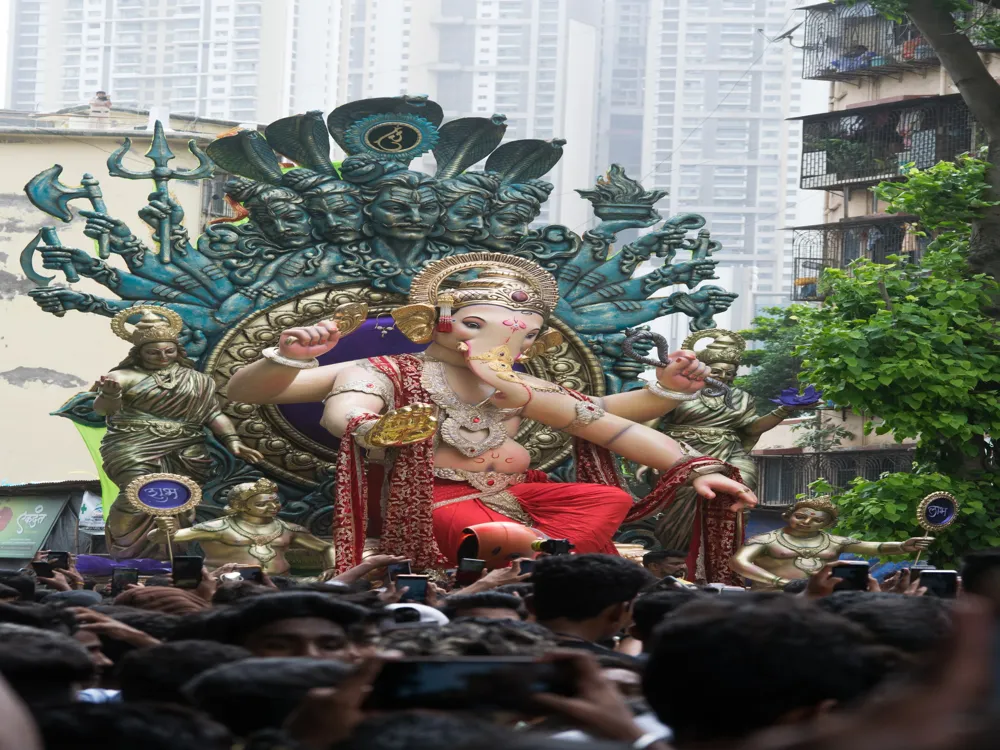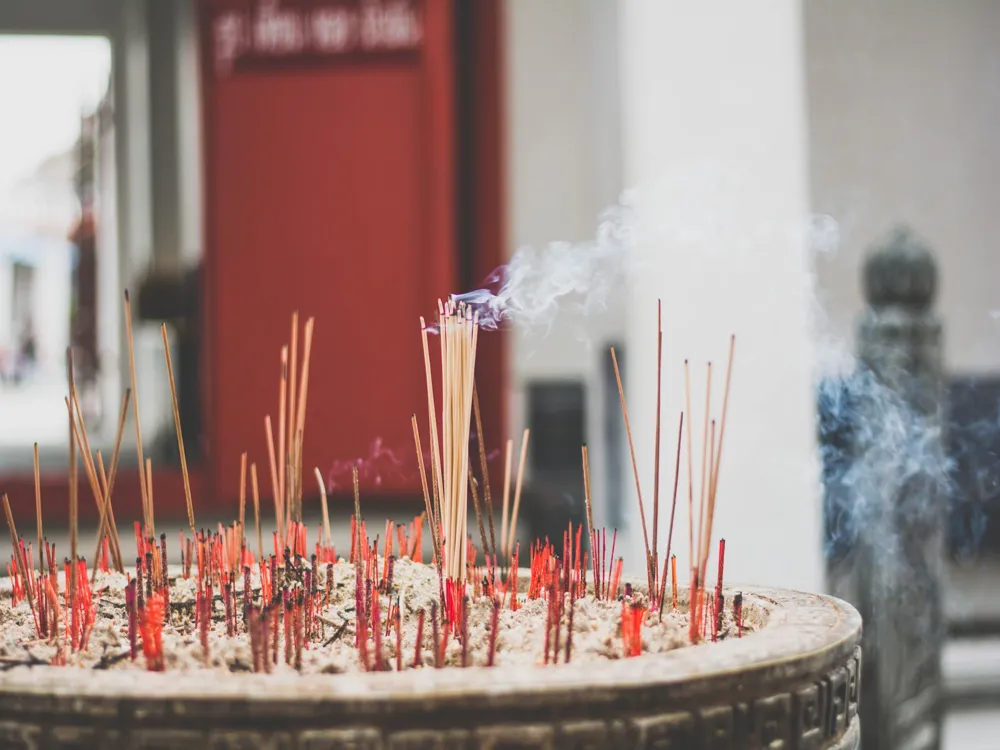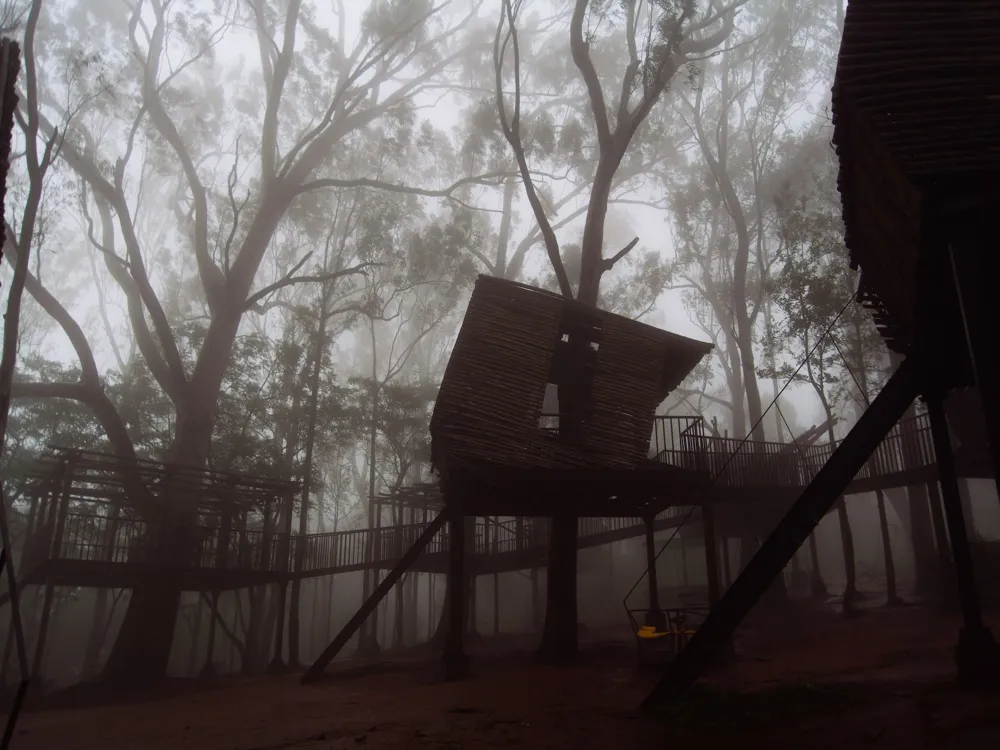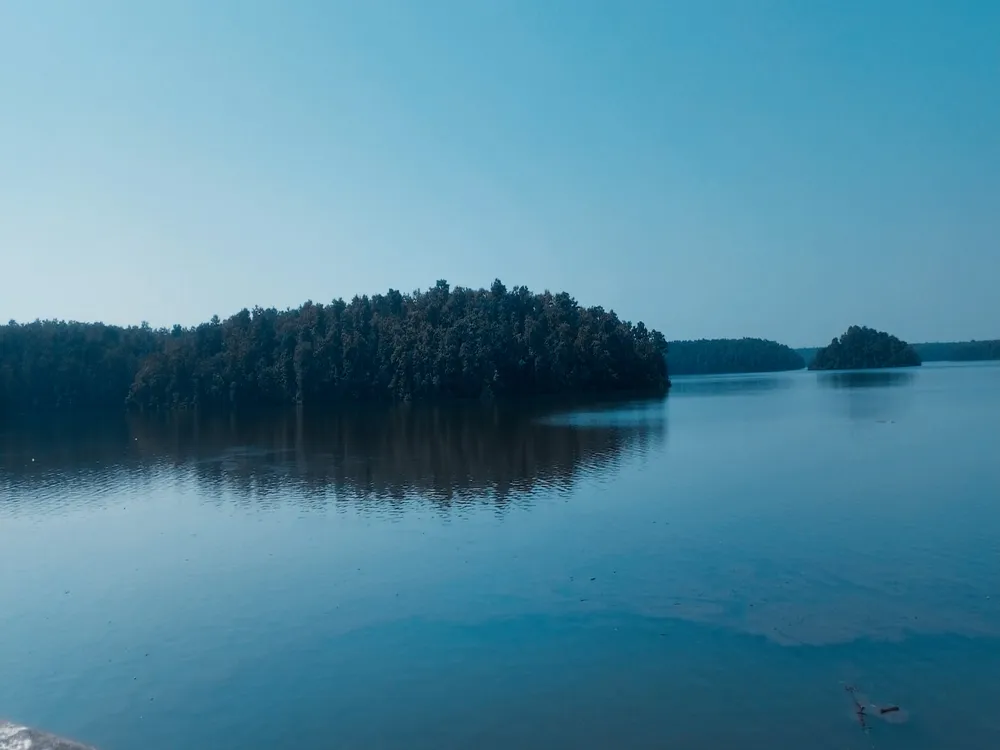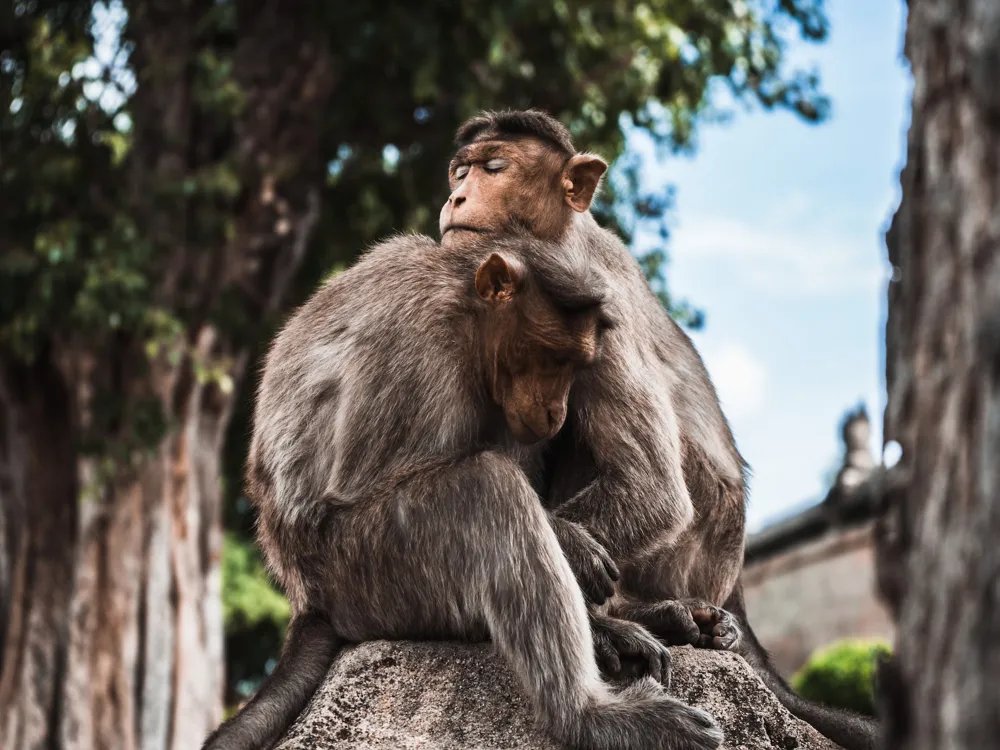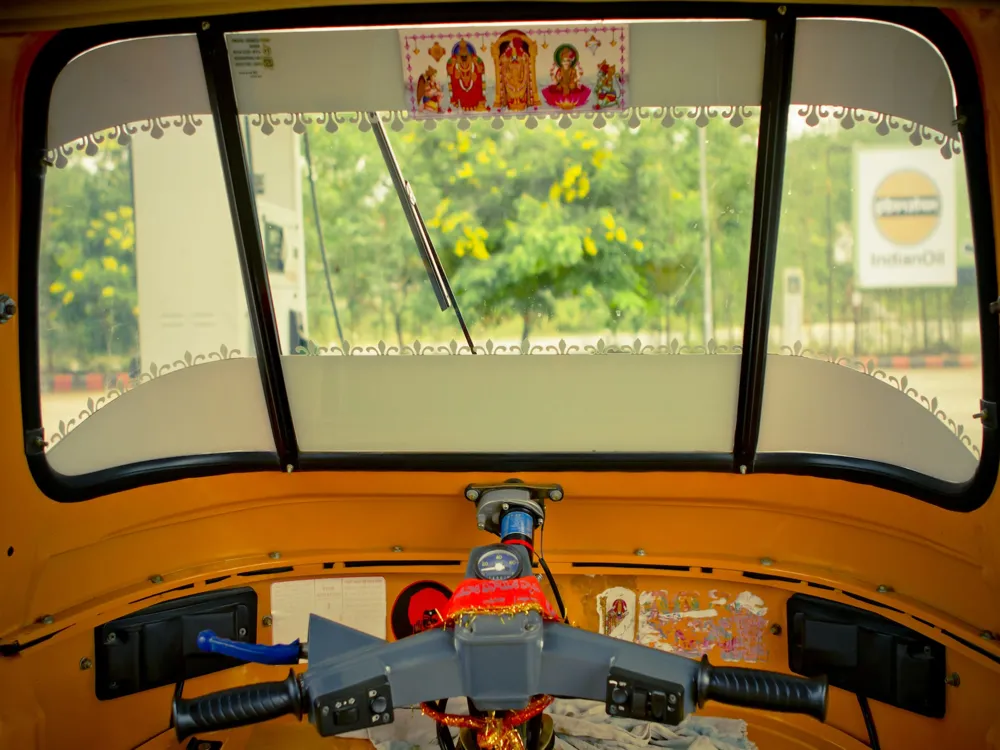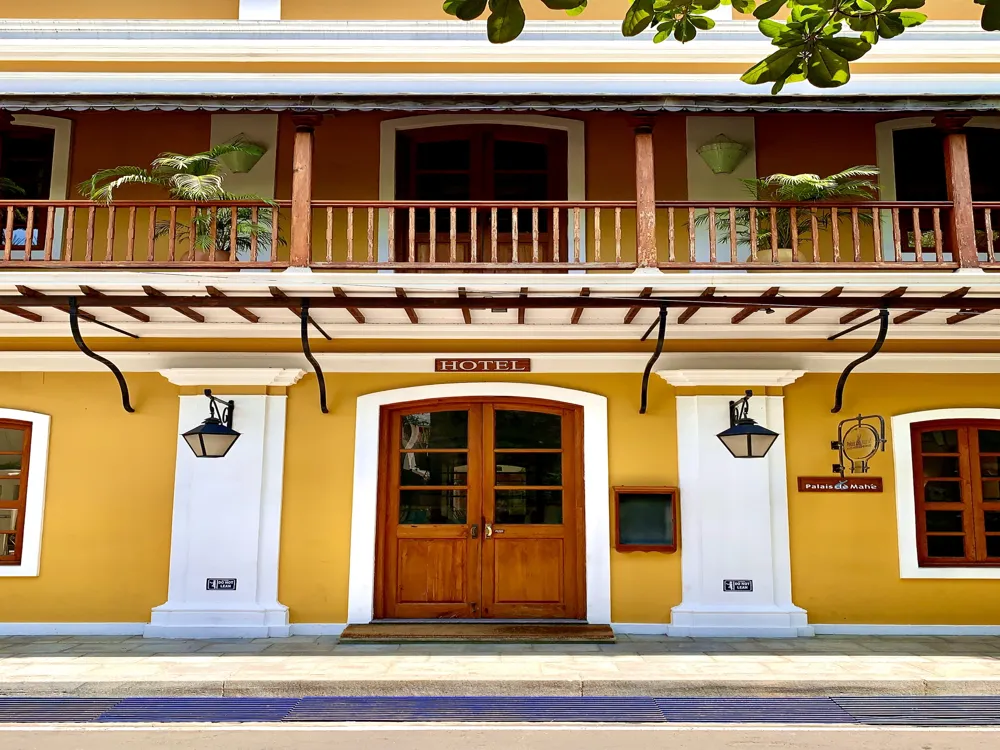Chikballapur, a charming district in Karnataka, India, is a hidden gem waiting to be explored. Situated approximately 57 kilometers north of Bangalore, this region is a perfect blend of historical significance and natural beauty. The district, named after its headquarters town Chikballapur, has a rich heritage and a vibrant culture that reflects the true essence of Karnataka. Historically, Chikballapur has played a significant role in various dynasties like the Cholas, Hoysalas, and Vijayanagar empires. This region witnessed the reigns of Tipu Sultan and later the British, leaving behind a legacy that speaks through its architecture and folklore. The district, predominantly rural, is known for its serene landscapes, rolling hills, and lush greenery, making it an ideal destination for nature lovers and history enthusiasts alike. The culture of Chikballapur is deeply rooted in its agricultural practices, with silk farming and grape cultivation being the major economic activities. The traditional cuisine, festivals, and art forms of Chikballapur offer an authentic experience of the local lifestyle. Visitors can relish the taste of local dishes, witness the grandeur of festivals like Ugadi and Dussehra, and explore the artisan villages known for their silk weaving and pottery. Chikballapur is not just about its past; it's a district moving towards a promising future. With its developing infrastructure and increasing connectivity, the region is becoming more accessible to tourists, making it an emerging hotspot for travel in Karnataka. The geographical landscape of Chikballapur is as diverse as its culture. The district is surrounded by five majestic hills, Nandi Hills being the most famous among them. These hills are not only a trekker's paradise but also a haven for bird watchers and nature enthusiasts. The climate here is moderate throughout the year, making it an ideal destination for those looking to escape the hustle and bustle of city life. The economy of Chikballapur is predominantly based on agriculture, with sericulture and viticulture being the major contributors. The region is also witnessing growth in the industrial sector, with the establishment of various small and medium-sized enterprises. This economic development is harmoniously balanced with the social fabric of the region, which is characterized by communal harmony and a strong sense of community. The architecture of Chikballapur is a testament to its rich historical and cultural heritage. The district is home to a myriad of architectural marvels, ranging from ancient temples to colonial structures. The architectural style of Chikballapur is a blend of various influences, reflecting the dynasties that ruled over the region. One of the most prominent architectural landmarks in Chikballapur is the Bhoga Nandeeshwara Temple. This ancient temple, dating back to the 9th century, is a fine example of Dravidian architecture. The temple complex, adorned with intricate carvings and sculptures, showcases the expertise of the artisans of that era. The temple's majestic gopuram (tower) and the ornate pillared halls are a sight to behold, attracting devotees and art enthusiasts alike. Apart from the temples, Chikballapur also houses several forts and palaces that reflect the region's historical significance. The Tipu Sultan Fort, a symbol of the Sultanate's resistance against the British, stands as a reminder of the region's tumultuous past. The fort's robust structure and strategic design are indicative of the architectural brilliance of that period. The colonial influence on Chikballapur's architecture is evident in the various British-era buildings scattered across the district. These structures, with their distinct Victorian style, add a unique charm to the region's architectural landscape. The blend of traditional Indian and colonial architectural styles creates a unique visual tapestry that speaks volumes about the region's history. The temples of Chikballapur are not just places of worship; they are embodiments of artistic excellence. Each temple, with its unique design and spiritual ambiance, offers a serene retreat for visitors. The intricate carvings, detailed frescoes, and magnificent idols in these temples are a feast for the eyes and the soul. The forts and palaces of Chikballapur narrate stories of bravery, resilience, and architectural ingenuity. These structures, built to withstand wars and invasions, now stand as proud reminders of the region's glorious past. Exploring these fortifications offers a glimpse into the strategic planning and defense mechanisms of ancient times. The colonial buildings in Chikballapur add a different dimension to its architectural landscape. These structures, with their distinct European features, stand in contrast to the traditional Indian architecture of the region. They serve as a reminder of the British era and its impact on the local architecture and culture. The best time to visit Chikballapur is between September and March when the weather is pleasant and conducive for exploring the outdoors. Don't miss trying the local cuisine, especially the traditional Karnataka dishes like Bisi Bele Bath, Ragi Mudde, and Mysore Pak. Respect the local customs and traditions, especially when visiting religious sites. Dress modestly and follow any specific guidelines provided at the sites. Chikballapur is well-connected by road, rail, and air. The nearest airport is Kempegowda International Airport in Bangalore. Regular bus services and trains connect Chikballapur to major cities in Karnataka. For those preferring to drive, the region is accessible via well-maintained highways and scenic routes.Overview of Chikballapur, Karnataka
Geographical Splendor
Economic and Social Fabric
Architecture of Chikballapur
Temples and Religious Structures
Fortifications and Palaces
Colonial Influence
Tips When Visiting Chikballapur
Best Time to Visit
Local Cuisine
Cultural Etiquette
How To Reach Chikballapur
Kaivara
Chikballapur
Karnataka
NaN onwards
View chikballapur Packages
Weather :
Label : Must Visit
Tags : Garden & Park
Time Required : 1 day
Planning a Trip? Ask Your Question
Chikballapur Travel Packages
View All Packages For Chikballapur
Top Hotel Collections for Chikballapur

Private Pool

Luxury Hotels

5-Star Hotels

Pet Friendly
Top Hotels Near Chikballapur
Other Top Ranking Places In Chikballapur
View All Places To Visit In chikballapur
View chikballapur Packages
Weather :
Label : Must Visit
Tags : Garden & Park
Time Required : 1 day
Planning a Trip? Ask Your Question
Chikballapur Travel Packages
View All Packages For Chikballapur
Top Hotel Collections for Chikballapur

Private Pool

Luxury Hotels

5-Star Hotels

Pet Friendly


